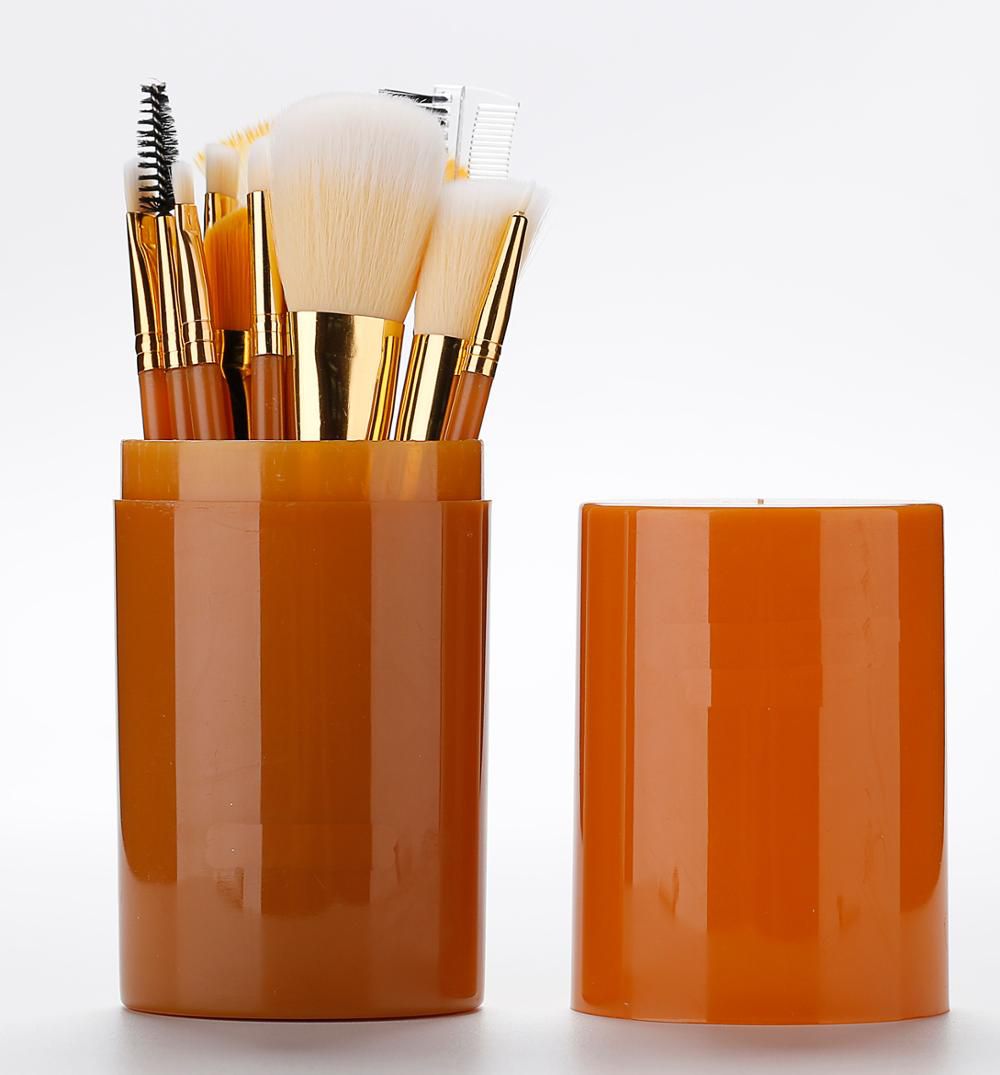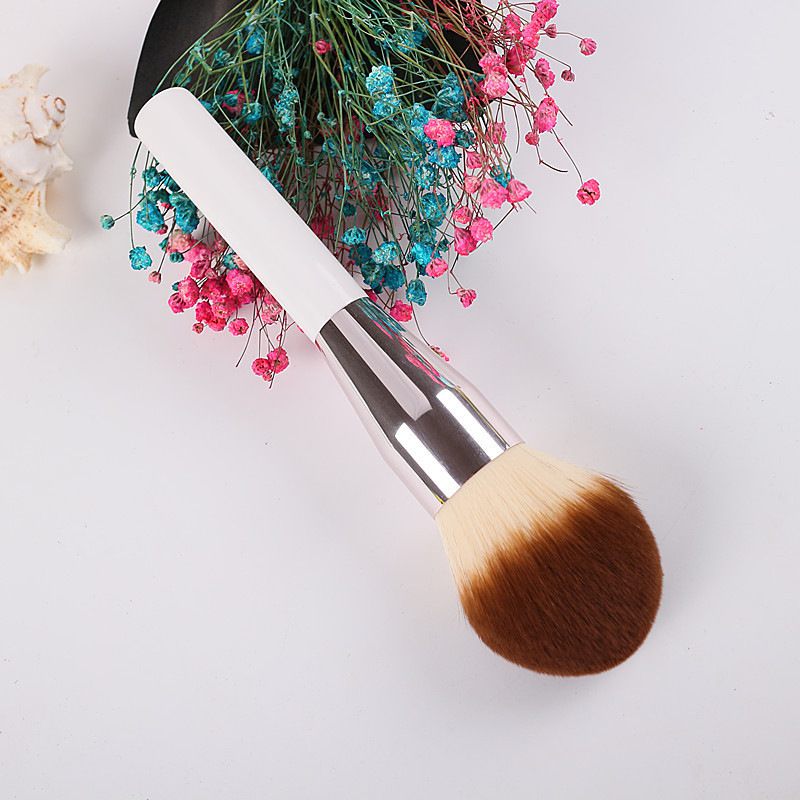Industry news
Surface Modification of Nylon Bristles: Improving Pigment Pickup and Release Efficiency
- 508 Views
- 2025-07-30 01:31:38
Surface Modification of Nylon Bristles: Enhancing Pigment Pickup and Release for Superior Cosmetic Brushes
In the cosmetic industry, the performance of makeup brushes hinges on one critical component: the bristles. Among the materials used, nylon bristles dominate due to their affordability, durability, and cruelty-free profile. However, compared to natural bristles (e.g., squirrel or goat hair), unmodified nylon often struggles with two key challenges: inefficient pigment pickup and uneven release. These limitations lead to patchy makeup application, product waste, and subpar user experience—issues that surface modification technology is now addressing head-on.
The Core Problem: Nylon Bristles’ Surface Limitations
Nylon, a synthetic polymer, naturally has a smooth, low-surface-energy surface with weak polarity. This inherent structure creates a barrier to effective pigment interaction. When applying powders, creams, or liquids, unmodified nylon bristles fail to attract and retain pigment ps adequately; during application, trapped pigment residues on the bristle surface result in uneven release, leaving streaks or requiring multiple passes. Testing data from cosmetic brush manufacturers shows that unmodified nylon bristles typically achieve only 60-70% of the pigment pickup rate of high-quality natural bristles, with release efficiency lagging by 25-30%.

Surface Modification: A Technical Breakthrough

Surface modification technologies tackle these issues by altering nylon’s surface chemistry and topography, boosting its ability to interact with pigments. Three methods have emerged as industry leaders, each offering unique advantages for large-scale production:
1. Plasma Surface Treatment
Plasma treatment uses high-energy plasma (ionized gas) to bombard the bristle surface, creating micro-roughness and introducing polar functional groups (e.g., hydroxyl, carboxyl). This dual action—increasing surface area and polarity—enhances both physical adsorption (via mechanical interlocking) and chemical affinity (via dipole-dipole interactions) with pigments. Studies indicate plasma-treated nylon bristles see a 40-60% increase in surface energy, translating to a 35-45% improvement in pigment pickup for powder formulations and 25-30% for creams. Notably, this process is eco-friendly (no harmful chemicals) and compatible with continuous production lines, making it ideal for mass manufacturing.

2. Nano-Coating Technology
Nano-coating involves depositing a thin (50-200nm) polymer layer onto bristles, tailored to match pigment types. Hydrophilic coatings (e.g., polyethylene glycol derivatives) boost interaction with water-based formulas, while hydrophobic coatings (e.g., fluorinated silanes) optimize oil-based product handling. The coating acts as a “pigment mediator,” ensuring ps adhere during pickup and detach cleanly during release. Pilot trials with leading cosmetic brands show nano-coated nylon bristles reduce pigment residue by 50% and improve release uniformity by 35%, resulting in smoother, more consistent makeup application.
3. Chemical Etching
For cost-sensitive applications, controlled chemical etching uses mild acids or alkalis to create micro-pores on the bristle surface. This increases surface roughness without compromising bristle strength, enhancing mechanical trapping of pigment ps. While less precise than plasma or nano-coating, etching offers a 20-30% pickup efficiency boost at a fraction of the cost, making it popular for entry-to-mid-range brush lines.
Real-World Impact: From Lab to Makeup Bag
The benefits of modified nylon bristles extend beyond technical metrics. For brands, improved pigment handling translates to a competitive edge: brushes deliver “one-swipe coverage,” reducing consumer frustration and product waste. For users, this means faster, more even makeup application—with 30% less product needed per use, according to consumer feedback surveys. Manufacturers also gain flexibility: modified nylon can now mimic the performance of premium natural bristles at a lower cost, expanding market access for cruelty-free and budget-friendly lines.
Future Trends: Targeted and Sustainable Modification
As consumer demand for precision and sustainability grows, the industry is moving toward “smart” surface modification. Next-gen techniques include pH-responsive nano-coatings that adjust pigment affinity based on formula acidity and bio-based modifiers (e.g., plant-derived polysaccharides) to align with eco-conscious values. These innovations promise to further blur the line between synthetic and natural bristle performance, solidifying nylon’s role as the future of cosmetic brush technology.
In summary, surface modification is not just a technical upgrade—it’s a transformation of how nylon bristles interact with cosmetics. By addressing the root cause of poor pigment handling, these technologies are elevating brush performance, reducing waste, and setting new standards for the cosmetic industry. For brands aiming to deliver superior quality, investing in modified nylon bristles is no longer











